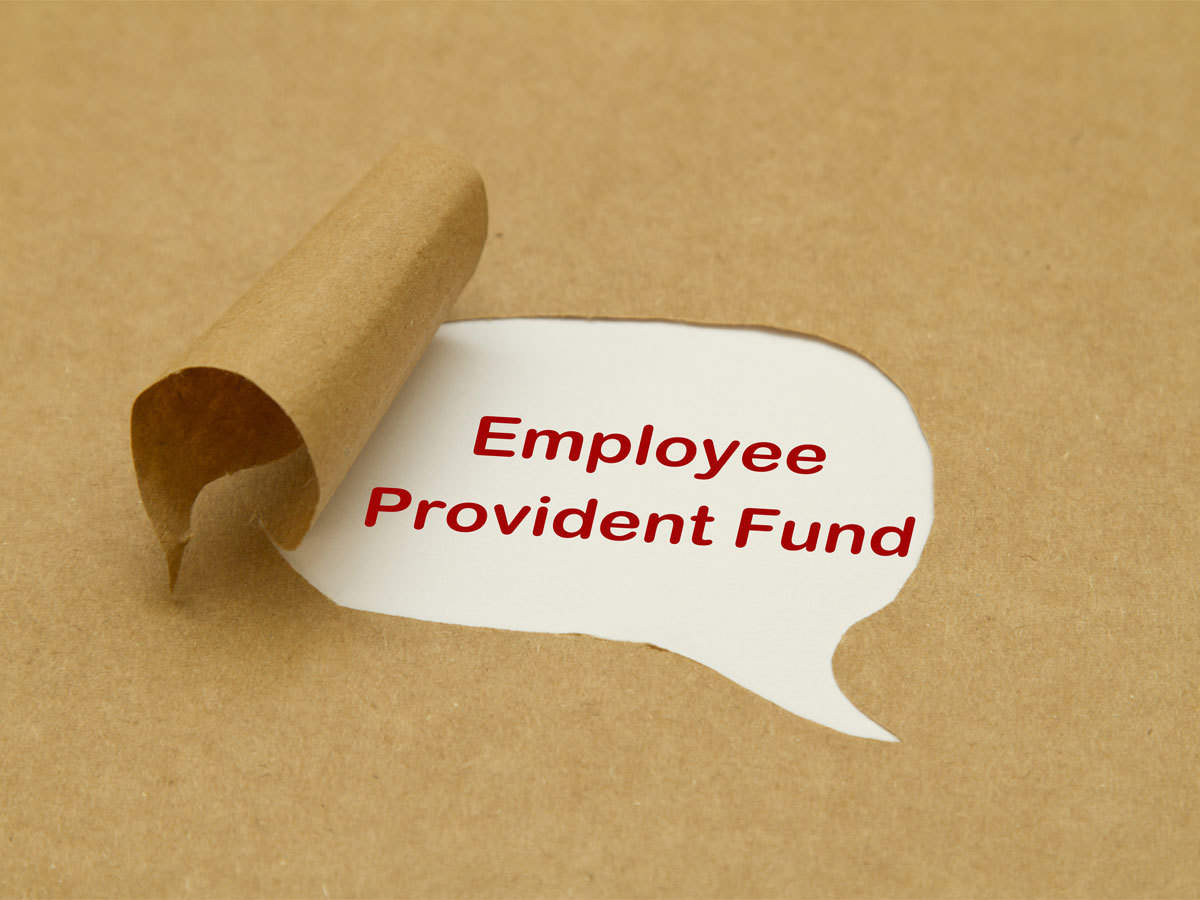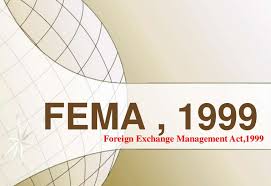What is Employees Provident fund : The employees provident fund and pension fund are established under the Employees Provident Fund’s and Miscellaneous Provisions Act, 1952 (EPF Act) and schemes framed thereunder. Both employer and employee are required to contribute to the provident fund and the pension fund. It is administered and managed by the Central Board of Trustees that consists of representatives from three parties, namely, the government , the employers and employees. The Employees’ Provident Fund Organizations (EPFO) assists the board in its activities. EPFO works under the direct jurisdiction of the government and is managed through the Ministry of Labour and Employment.
Why: The EPF Scheme basically aims at promoting savings to be used post-retirement by various employees all over the country. Employees’ Provident Fund or EPF is a collection of funds contributed by the employers and his employee’s salary ( Basic + Dearness allowance) to the EPF. These contributions earn a fixed level of interest set by the EPFO. The amount of interest to be received on the deposit along with the total accumulated amount is totally tax-free, i.e. the employee may withdraw the entire fund without worrying about paying any kind of tax on it.
Note: The accrued amount may also be withdrawn by the nominee or the legal heir of the employee post his death or can be withdrawn by the employee himself post-resignation.
Higher voluntary contribution by an employee or Voluntary Provident Fund: The employee can voluntarily pay higher contributions above the statutory rate of 12% of basic pay. This is called contribution towards Voluntary Provident Fund(VPF) which is accounted for separately. This VPF also earns tax- free interest. However, the employer doesn’t have to match such voluntary contributions.
Withdrawals from EPF Account: According to the EPF Act, for claiming final PF settlement, one has to retire from service after attaining 55 years of age. The total EPF balance includes the employee’s contribution and that of the employer, along with the accrued interest.
There is, however, a window to partially withdraw the amount for those nearing retirement. Anyone over 54 can withdraw up to 90% of the accumulated balance with interest. But what if someone decides to quit his job before reaching 55?
With effect from 6th December, 2018, the employees can withdraw 75% of their EPF corpus after remaining unemployed for one month and balance 25% he is out of employment for 60 straight days or more. Prior to this, an employee can make such withdrawals only after remaining unemployed for more than 60 days.
PF deductions from salary: When you start working, you and your employer both contribute 12% of your basic salary (plus dearness allowance, if any) into your EPF account. The entire 12% of your contribution goes into your EPF account along with 3.67% (out of 12%) from your employer, while the balance 8.33% from your employer’s side is diverted to your Employee’s Pension Scheme ( EPS). It’s important to note that if your basic pay is above Rs. 6500 per month, your employer can only contribute 8.33% of 6500 (i.e. 541) to your EPS and the balance goes into your EPF account.
Tax Benefits: The employer contribution to your EPF if tax-free, and your contribution is tax- deductible under section 80 C of the Income Tax Act. The money you invest in EPF, the interest earned and the money you eventually withdraw after the mandatory specified period (5 years) are exempt from Income Tax.
COVID 19 Effect on EPF Contribution: In order to tide over the immediate liquidity crises due to COVID-19 pandemic, the ministry of labor and employment has notified the reduced rate of provident fund contribution for employer and employee from existing 12% of monthly basic pay and dearness allowance to 10% for the months of May, June and July 2020. This will cover all classes of establishments covered under the Provident Fund Act barring central and state public sector enterprises or any other establishments owned or controlled by or under control of the central government or state government.
Effect: Employees will have higher take-home pay due to cut in EPF Contribution and even the employer will have its liability reduced by 2% of employee’s wages.
Disclaimer:-
All views expressed on this site are my own and do not represent the opinions of any entity whatsoever with which I have been, am now, and will be affiliated.
The content of this article is intended to provide a general guide to the subject matter. Specialist advice should be sought about your specific circumstances




